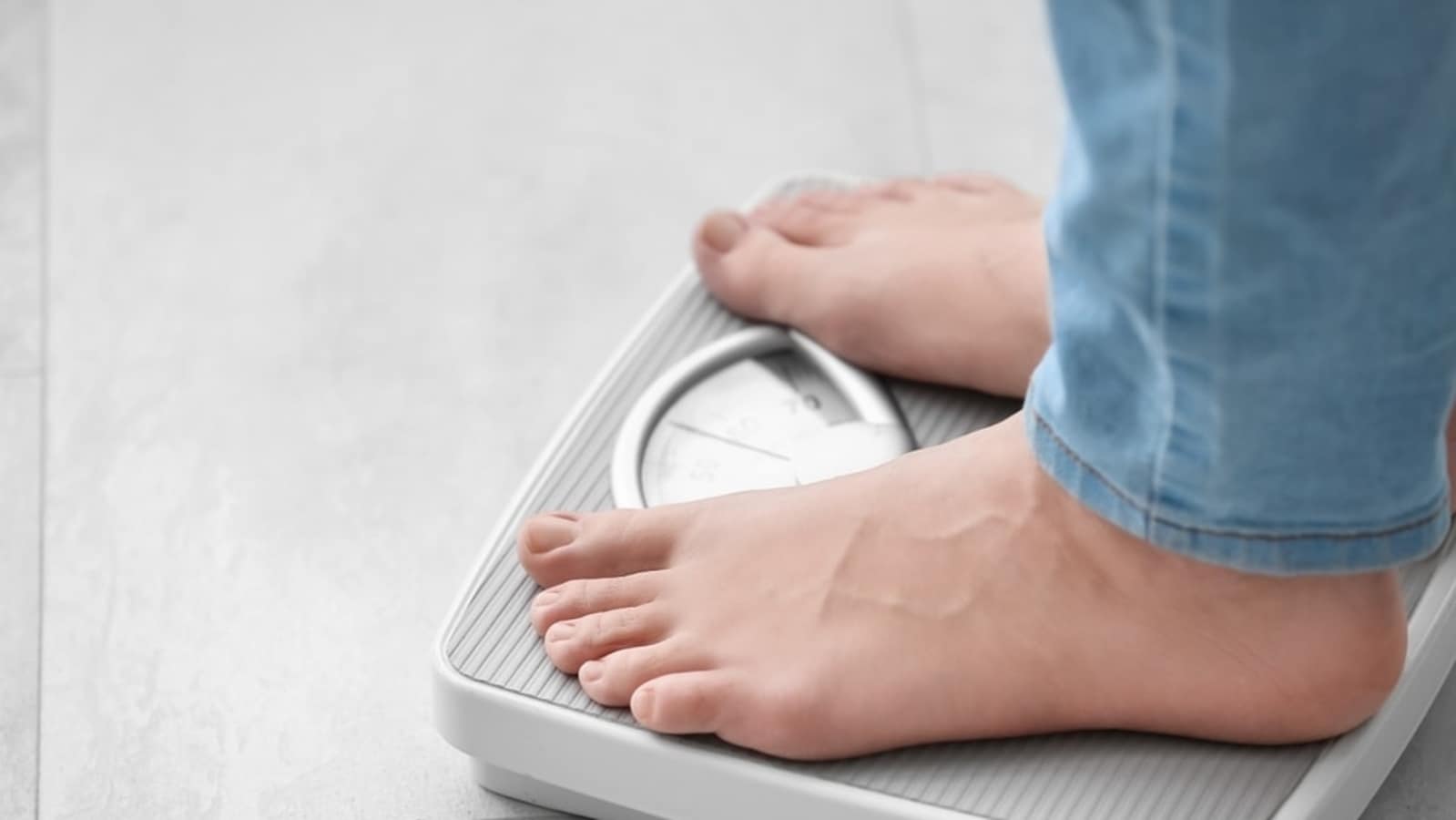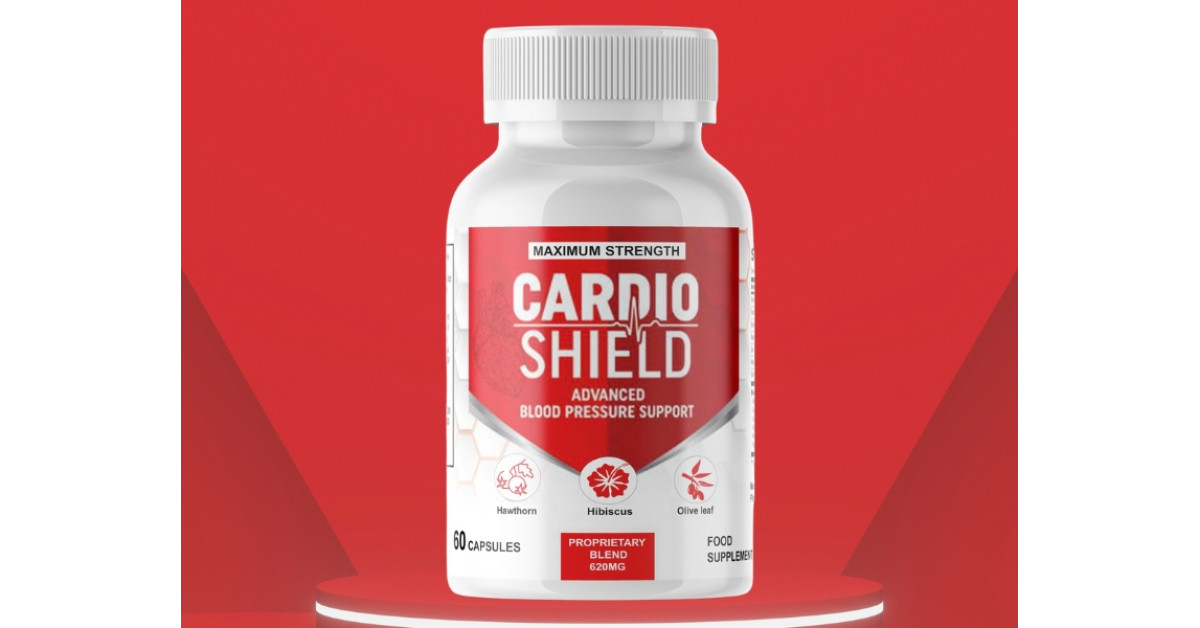Summary
According to Amaka, aim for 10,000 steps daily, a low-impact exercise that burns fat without exhaustion, and focus on lean proteins, vegetables, whole grains.
Source: Hindustan Times

AI News Q&A (Free Content)
Q1: What are the benefits of aiming for 10,000 steps daily in terms of physical fitness and weight loss?
A1: Walking 10,000 steps a day is widely advocated as a benchmark for an active lifestyle. This equates to approximately 8 kilometers (5 miles) and can significantly contribute to overall fitness and weight loss. Using a pedometer or step-counter can motivate individuals by tracking their daily activity, with 30 minutes of moderate walking translating to 3,000-4,000 steps. While originally part of a marketing campaign, evidence suggests notable health benefits can be achieved with around 7,000 steps per day, promoting cardiovascular health and weight management.
Q2: How does focusing on lean proteins, vegetables, and whole grains aid in weight loss and overall diet improvement?
A2: Incorporating lean proteins, vegetables, and whole grains into one's diet is essential for weight loss and maintaining a balanced diet. Lean proteins help in muscle repair and growth while keeping you full longer, reducing calorie intake. Vegetables are rich in fiber, aiding digestion and providing essential nutrients with minimal calories. Whole grains are beneficial for sustained energy levels and can help control hunger. Together, these food groups support metabolic function and overall health, assisting in weight management.
Q3: What recent research suggests about the metabolic and neuromuscular responses during repeated bouts of exercise like loaded downhill walking?
A3: Recent studies on loaded downhill walking have shown that such exercises can lead to specific neuromuscular adaptations, especially in the vastus lateralis and rectus femoris muscles. The studies revealed that repeated exercise sessions improved exercise efficiency, reducing perceived exertion and cardio-metabolic demand. Participants showed decreased heart rates and lower ratings of perceived exertion in subsequent sessions, indicating improved muscular and cardiovascular adaptations.
Q4: What are some effective low-impact exercises for weight loss, and how do they compare to high-impact exercises?
A4: Low-impact exercises like walking, swimming, and cycling are effective for weight loss, especially for beginners or those with joint issues. These exercises reduce stress on the joints while still burning calories and improving cardiovascular health. Compared to high-impact exercises like running or jumping, low-impact workouts are gentler yet still provide significant health benefits, including improved endurance and muscle strength, making them suitable for long-term fitness goals.
Q5: How can wearable technology aid in monitoring and improving cardio-respiratory fitness?
A5: Wearable technology, including devices with microphone-enabled features, can track respiratory rates and other vital signs during physical activity. These devices offer a cost-effective method for monitoring cardio-respiratory fitness over time. By analyzing breath audio and other data, wearables help individuals assess their physical exertion levels and adjust their exercise routines to optimize fitness gains and overall health outcomes.
Q6: What is the significance of respiratory rate estimation in assessing physical fitness, and how can it be measured effectively during exercise?
A6: Respiratory rate (RR) is a crucial metric for assessing physical fitness, reflecting an individual's cardiovascular and respiratory efficiency. Accurate estimation of RR during exercise can be achieved through wearable devices that analyze audio signals from breath sounds. Such technology enables continuous monitoring of RR, providing insights into fitness levels and helping in tailoring exercise regimens to improve overall health. Studies demonstrate that RR can be effectively estimated with high accuracy using advanced algorithms and wearables.
Q7: What are the potential challenges and benefits of integrating step-counter apps in smartphones for fitness tracking?
A7: Integrating step-counter apps in smartphones offers the convenience of constant accessibility and motivation to stay active. These apps can track steps, distance, and calories burned, encouraging users to meet daily fitness goals. However, challenges include ensuring accuracy, as devices might record non-walking activities as steps, and maintaining user engagement over time. Despite these challenges, such apps foster a greater awareness of physical activity levels, promoting a healthier lifestyle.
References:
- Pedometer
- Estimating Respiratory Rate From Breath Audio Obtained Through Wearable Microphones
- Neuromuscular and Metabolic Responses during Repeated Bouts of Loaded Downhill Walking






